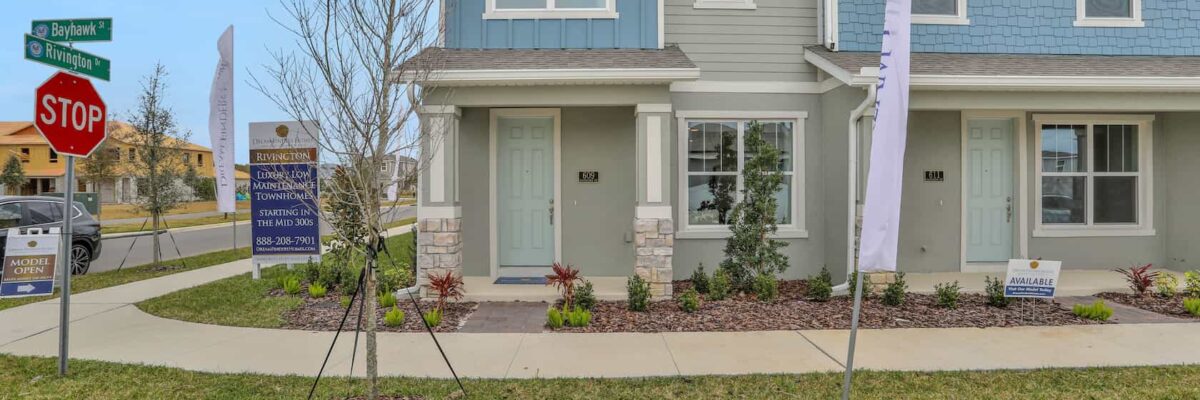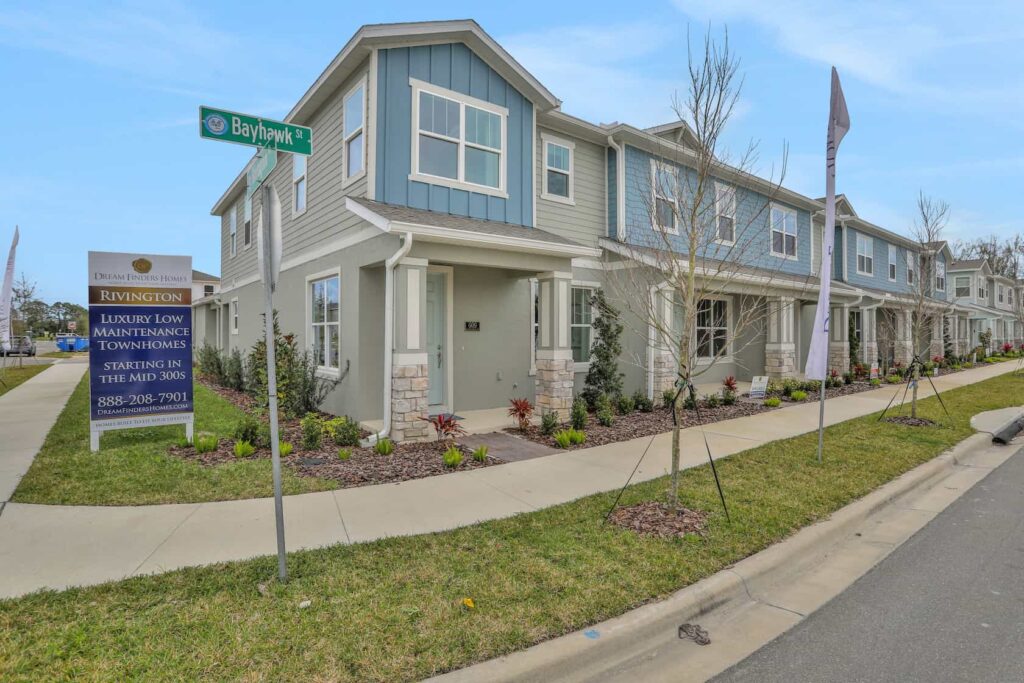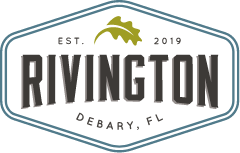- Townhomes and Single-Family Homes Near Orlando Priced from the low $300s
- 407.602.0622

How to Find New Construction Homes
July 19, 2024
Selling a New Construction Home vs Existing Home
September 4, 2024Townhouse vs. MultiFamily: Main Differences

rivington home
When searching for the perfect home, understanding the different types of properties available is crucial. Townhouses and multi-family homes are popular options, each with its own unique characteristics. This guide will explore the main differences between these two types of residences to help you make an informed decision.
What Is a Townhouse?
A townhouse, often referred to as a row house, is a single-family home that shares one or more walls with adjacent properties. These homes typically have multiple floors, offering a vertical layout with living spaces spread across different levels. Townhouses are commonly found in urban and suburban areas, providing a blend of individual homeownership and a community living experience.
Townhouses usually have a uniform architectural style, creating a cohesive appearance in the neighborhood. They often come with private outdoor spaces such as small gardens or patios and may include amenities like garages or basements.
Townhouse owners are responsible for maintaining their own property, including any front or backyards. So, are townhouses considered multi-family? No, they are not.
What Is a Multi Family Home?
A multi family home is a residential building designed to house more than one family. These properties can range from duplexes, which contain two separate living units, to larger buildings with multiple apartments. Each unit within a multi-family home functions as a separate residence, complete with its own kitchen, bathroom, and living spaces.
Multi family homes are often seen as investment opportunities, as they can provide rental income for the owner. These properties are prevalent in urban areas where housing density is higher. The maintenance of multi-family homes can be handled by the owner or a property management company, especially if the owner lives off-site.
Main Differences Between Townhouse vs. Multi Family

townhome
Ownership and Investment
One of the most significant differences between townhouses and multi-family homes is the ownership model. Townhouses are typically owned by individuals or families who reside in them, offering a sense of personal homeownership and responsibility for property maintenance. In contrast, multi-family homes can be owned by investors who rent individual units, making them a common choice for real estate investment and income generation.
Property Layout
The layout of a townhouse is usually vertical, with living spaces distributed over multiple floors. This design maximizes the use of available land in urban settings. Multi-family homes, however, can vary widely in layout.
Depending on the number of units and the building’s design, they can be horizontal or vertical. Each unit within a multi-family home is self-contained, offering private living spaces for multiple households.
Privacy and Community
Townhouses offer a balance between privacy and community living. While residents share walls with their neighbors, they have private entrances and individual outdoor spaces. Multi-family homes, especially those with several units, provide a higher density living environment, which might result in less privacy for residents.
In multi-family homes, shared spaces like hallways, entrances, and outdoor areas encourage community and require neighborly cooperation and respect.
Maintenance and Management
Townhouse owners are responsible for maintaining their own property, including both the interior and exterior. This means handling landscaping, repairs, and any upgrades or renovations. In contrast, maintenance responsibilities in multi-family homes can vary. If the property is owner-occupied, the owner might handle maintenance personally.
In larger or investment properties, property management companies handle upkeep, repairs, and tenant issues, easing the owner’s burden.
Cost and Affordability
The cost of townhouses and multi-family homes can differ significantly based on location, size, and amenities. Townhouses, being single-family homes, typically come with higher initial purchase prices compared to individual units in multi-family homes.
However, multi-family properties offer the potential for rental income, which can offset mortgage costs and provide an additional revenue stream. This investment makes multi-family homes attractive for buyers looking to balance affordability with income generation.
Flexibility and Use
Townhouses are primarily designed for single-family use, making them ideal for those seeking a traditional homeownership experience. Multi-family homes, on the other hand, offer greater flexibility.Owners can live in one unit and rent out the others, use the property as an investment, or convert it into a single-family home. This versatility makes multi-family homes appealing for various lifestyle and investment goals.
Your Dream Home Journey Starts with Rivington
At Rivington, we specialize in helping you find your perfect home. Our expert team is dedicated to guiding you through the process, whether you’re looking for a cozy townhouse or a multi-family investment property.
Explore our diverse listings and start your dream home journey with confidence. Your ideal home is waiting at Rivington. Contact us today!

